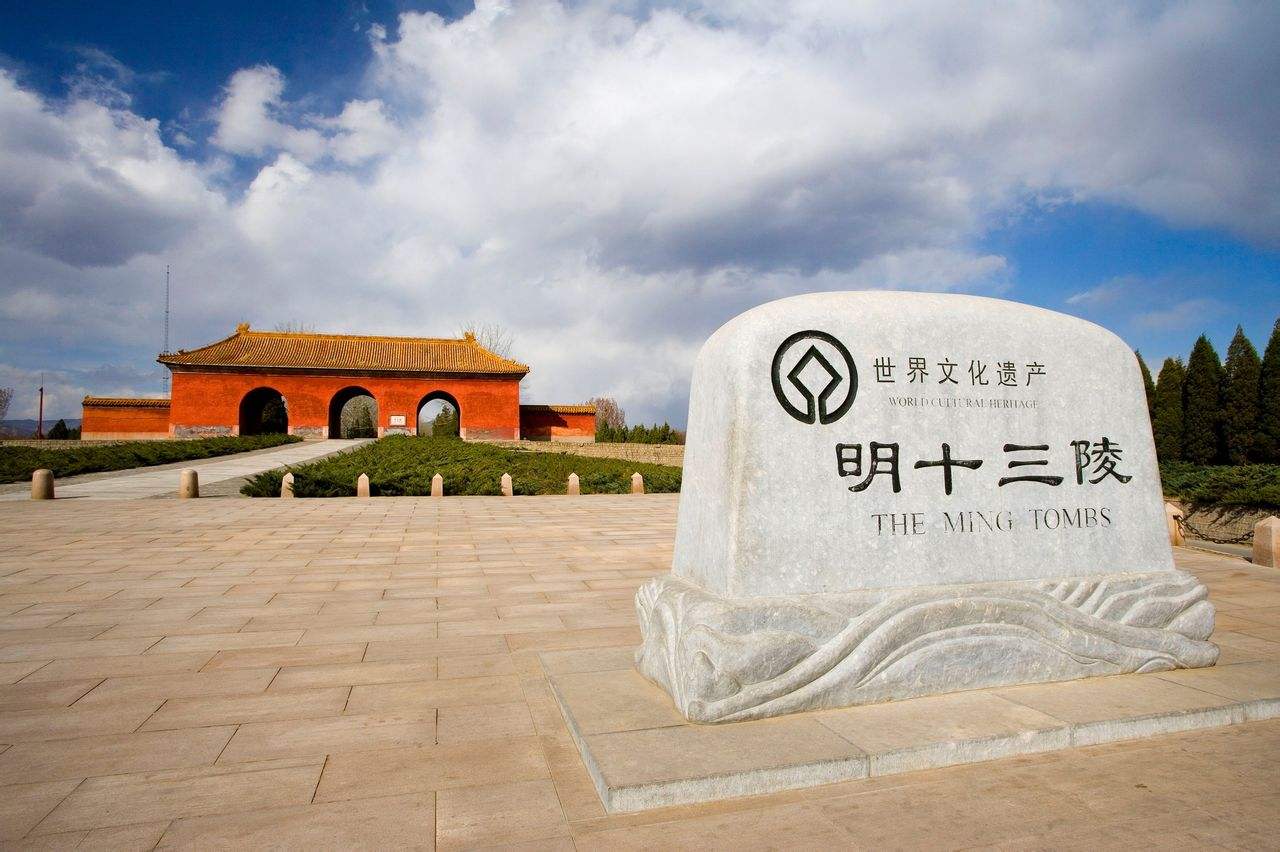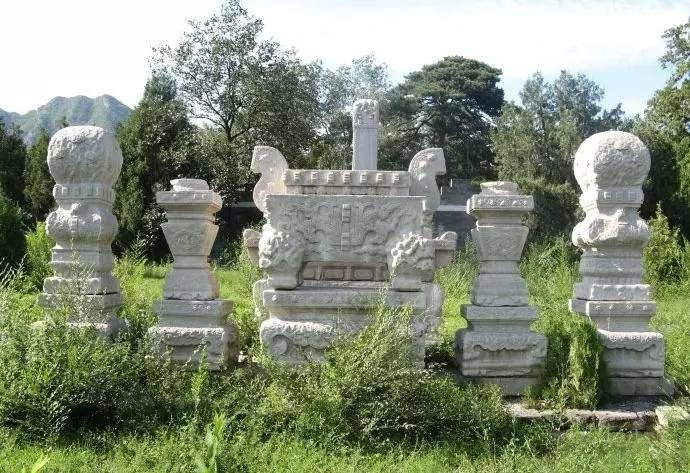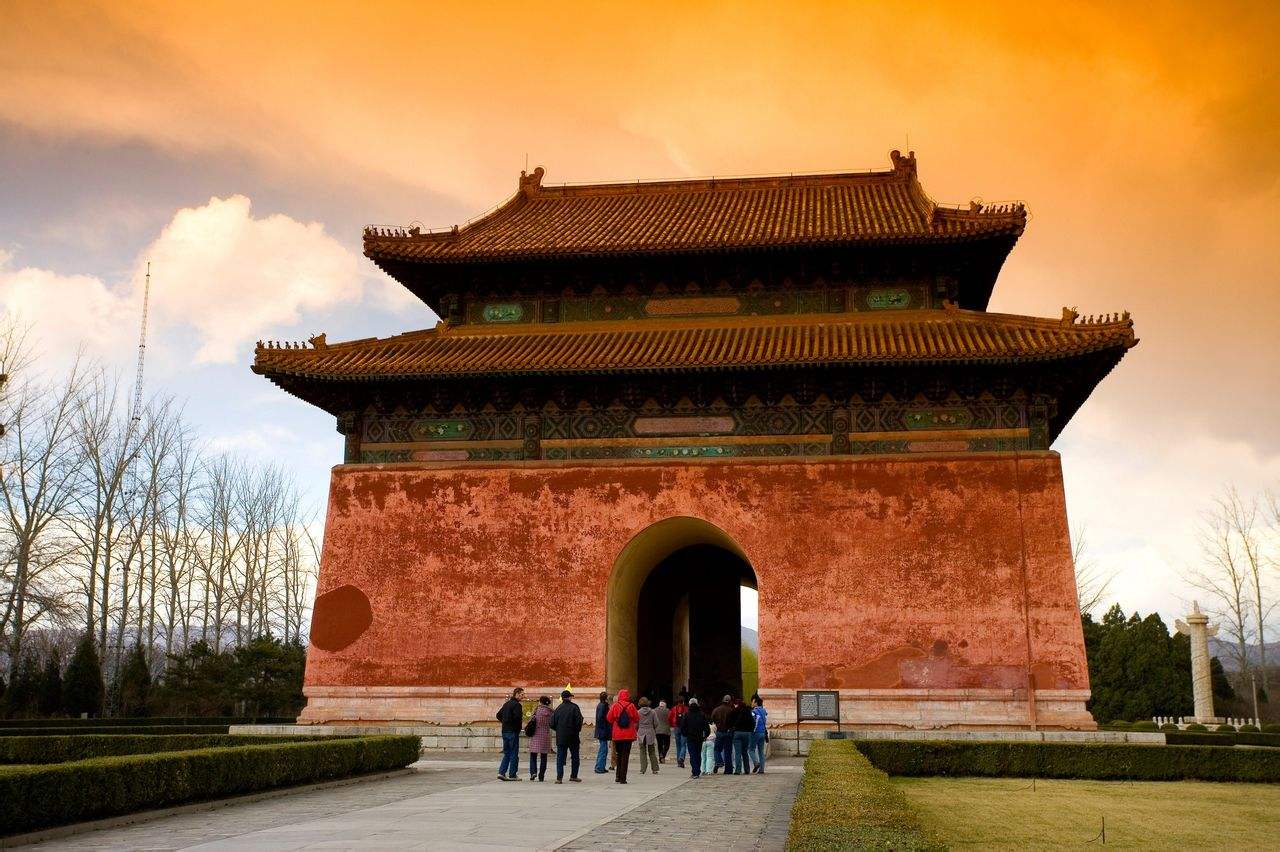
Local authorities in Beijing have beefed up security for the Ming imperial tombs afterseveral cultural relics were reported missing in March, an incident that reveals the laxity ofChina’s historic preservation efforts. “Due to the recent theft, security measures have been upgraded in the tombs and theirsurrounding areas. For instance, we used to offer guests special permission to explore sometombs that are not usually open to the public, but that practice has now been suspended,”an employee of the Ming Tombs Special Administration told the People’s Daily Online. The new measures come after media outlets reported the theft of a pair of 400-year-oldcandle holders in March. According to Xinhua News Agency, the missing white marblecandle holders were placed in front of the mausoleum of the Ming Dynasty’s last emperor,Chongzhen, and went missing last May. However, local officials decided not to report theincident at that time, instead falsely asserting that the cultural relics had been sent forrepair. The missing candle holders have since been retrieved by police. Three suspects werearrested for the theft, while four officials were let go for “incompetence in the protection ofcultural relics.” “The theft from the Ming tombs, a historical site protected at the national level, shows thecountry’s incompetence in protecting cultural relics. There are countless cultural andhistorical sites in China that suffer from vandalism and even looting. Their protection so farhas not been promising,” Liu Mengci (pseudonym), a Beijing-based volunteer for culturalrelic protection, told the People’s Daily Online. Located in the northern part of Beijing, the Ming tombs are a collection of 13 royalmausoleums, and are designated as one component of a larger World Heritage Site.Presently, only three mausoleums out of the 13 are open to the public. Lax protection of cultural relics 
“As a history lover, I have been conducting research on the protection of the Ming Tombsfor several years. Based on my observations, the tombs’ protection seems lax, despiteauthorities’ best efforts,” said Liu. According to Liu, some of the tombs are protected onlyby a small crew of guards. What's more, the guards frequently lack professional knowledgeabout the protection of cultural relics. “Most people have no access to the tombs, other than the three tombs that are open to thepublic. Though it's not common practice, you may be allowed to have a peek inside theclosed tombs if you offer the guards some small gifts - for instance, a pack of cigarettes,”said Liu. A guard at Qing Tomb, one of the closed Ming tombs, concurred, telling Beijing Youth Dailythat even if there are regulations preventing visitors from entering the closed tombs, sometravelers may still sneak in, as the security isn't very tight. “But after the theft, such practices have been completely banned for security reasons,” theguard emphasized. “The closed tombs are located in desolate and distant regions, making it even harder toprotect them. If the media had not reported on the missing candle holders, we might neverhave known about the theft,” said Liu. According to an announcement released by the State Administration of Cultural Relics, thesecurity facilities of the tomb from which the holders were stolen were completelyparalyzed when the incident occurred. At the same time, local authorities concealed thetruth and failed to report the theft in a timely fashion, which also served to expose theloopholes and weak spots of cultural relic protection. Public donation as a new method of protection 
The candle holder theft is merely the most recent in a series of thefts. At least 12 ancientfrescoes were stolen from temples in Shanxi province in 2016, and many still lack propercare and maintenance, according to Beijing Youth Daily. Insufficient funds are a major factor hindering China’s cultural relic protection. Accordingto the Beijing Times, China spent over 31 billion RMB from 2011 to 2015 in an effort toprotect 10,000 historical sites nationwide, but the number of China's cultural relics thatare urgently in need of protection is closer to 200,000. “Some ancient temples in Shanxi, for instance, don't even have basic security measures likecameras or alarm systems. There may be only one guard to protect the whole building,”said Liu. He believes that raising funds from the public might help to promote cultural relicprotection. The project to repair the Forbidden City’s Hall of Mental Cultivation received 220 millionRMB in contributions from the public. This serves as a good model for China’s futurecultural relics protection, the Beijing Times reported. |  |Archiver|小黑屋|丝路遗产丝绸之路:长安天山廊道的路网
( 陕ICP备07011065号-3 )
|Archiver|小黑屋|丝路遗产丝绸之路:长安天山廊道的路网
( 陕ICP备07011065号-3 )